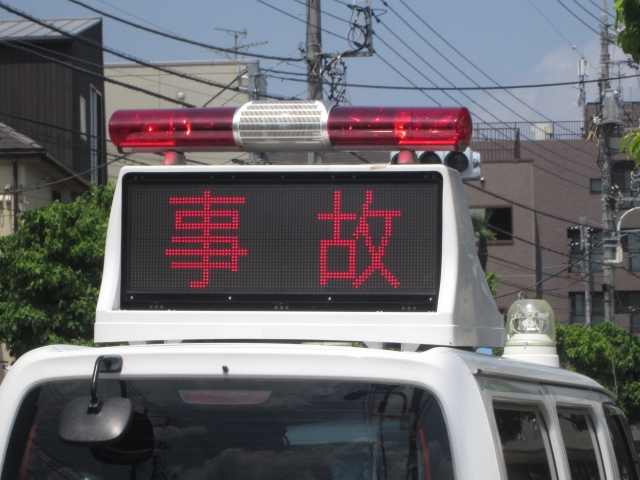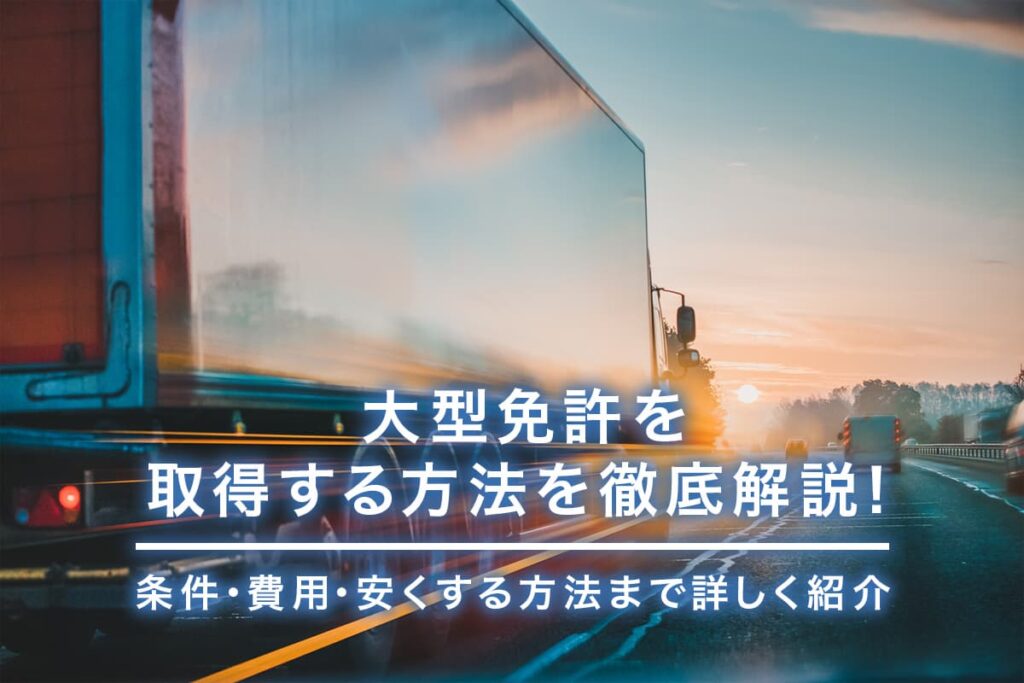目次
交通事故に巻き込まれた時に、真っ先に何を!どのように!対応すればいいのでしょうか?
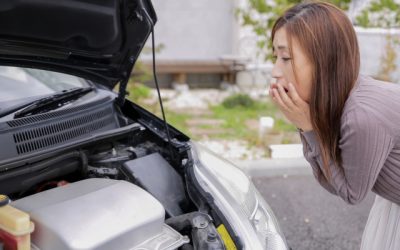 ここで紹介する通りの手順で対応してください。
ここで紹介する通りの手順で対応してください。
私もこの手順で事故後の対応を行い、事なきを得たからです。
私が遭遇したその事故は死傷者が出るような大きな事故ではなく、後続車からの追突事故でした。幸い大事には至りませんでしたが、警察の検分の際に手順・手際の良さを褒められました。
ここでは、事故後に被害者が絶対やってはいけない2つの鉄則と真っ先にやるべき5つの鉄則とともに、理由についても具体的にお伝えします。
読み終えて頂ければ、万が一の事故後の対応について、正しい作法を理解いただけます。
加害者が正しい対応してくるとは限らない・・・。
加害者が故意に事故を起こす訳ではありませんが、その初動が一見正しそうに見えて、しかしながら絶対に応じてはいけない事が以下2点です。
絶対にやってはいけない2つの鉄則
- 当事者間だけで示談交渉を行わない!
- 当事者間だけで金銭解決しない!
一見、加害者側からの親切な対応のようにも思いますが、後々大きなトラブルとなり、取り返しがつかなく、後悔することになります。
やってはいけない事を知りつつも、例えば以下の場合はどうでしょうか?
いずれのケースも実際にある話です。
“執拗な言い掛かり”
事故後には一般的に双方が連絡先を交換します。その番号からショートメール等で、“お前が悪い”とか、“自分の過失を認めろ”とか、恫喝、強迫めいたメッセージがあると誰でも不安になり、動揺します。
その後、急に態度が軟化し、相手から直接の示談交渉を持ち込まれるようなケースです。
いかに加害者側に過失があっても、双方が示談交渉を受け入れるとした場合は和解が成立してしまうのです。
“金銭での解決要求”
又、接触事故にならず、自分が転倒しただけだったが、相手側から半ば強引に金銭の差出があり、それも1万円と高額だった場合に断るに断れず受領してしまったケースです。
事故慣れしている人や、タクシー、トラック運転手のようなプロドライバーが加害者の場合は特に金銭で方がつけば、仕事、免許点数にも影響が出ません。
又、人身事故より物損事故の方が得になる事を知っているので、物損事故にして欲しいと丸め込んでくる場合があります。
被害者にとって、人身事故の場合、物損事故と比べて賠償金額が高額になり、治療費、通院交通費、休業補償も請求できます。又、加害ドライバーに対しては、免許の点数が加算され、免停や免取りのような行政処分以外にも、怪我の度合いによって刑事処分、損害賠償の支払いについては民事訴訟に持ち込み適切な慰謝料を請求する事も可能となります。
覚えておきましょう!!
被害者側の利益が大きいのは人身事故>物損事故!
続いては、以下、やるべき5つの鉄則を網羅していただきたいです。
絶対にやるべき5つの鉄則
記憶よりも記録!スマホへの保存を強くお薦めします!!
ここでは、交通事故時の初動対応において、行うべき5つの作法・振舞を示します。冷静な行動が取りづらい状況にあるかと思いますので、スマートフォンのメモアプリに入れておけば、迅速に対応できるのでお勧めします。
1. 携帯電話を取り出して下さい
 事故に遭遇した場合、最初の行動は携帯電話を取り出す事です。そんな当たり前な事と思われますが、警察、消防、親、家族への連絡手段、事故状況の撮影や加害者情報の記録など、多くの事が携帯電話1台で可能となります。
事故に遭遇した場合、最初の行動は携帯電話を取り出す事です。そんな当たり前な事と思われますが、警察、消防、親、家族への連絡手段、事故状況の撮影や加害者情報の記録など、多くの事が携帯電話1台で可能となります。
携帯電話を常備携帯していない方は少ないと思います。事故は歩行中、自転車、自動車での走行中いつどこでも起こります。事故後、迅速かつ適切な行動・作法に携帯電話は必須です。スマートフォンの場合、ワンタップで写真、動画の撮影も可能です。万一現場から立ち去るなどの様子、ナンバープレートを抑えること、何より相手側のおかしい挙動を諫めるにも重要です。又、今後の過失割合等を決定する上での重要な証拠にもなることを忘れないでください。
2. 警察への通報
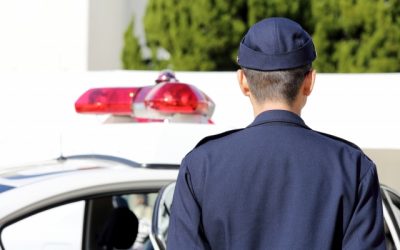 続いては警察への通報です。連絡方法は110番です。交通事故の届け出は事故の大小は関係なく運転者の義務です。通報は報告可能な方が連絡して下さい。同乗者の方が連絡しても構いません。警察への届け出は法律上の義務であるというだけではなく、事故の届出をしていなければ、保険金を請求する際の必要書類となる「交通事故証明書」の交付が受けられなくなりますので、必ず届出をしてください。
続いては警察への通報です。連絡方法は110番です。交通事故の届け出は事故の大小は関係なく運転者の義務です。通報は報告可能な方が連絡して下さい。同乗者の方が連絡しても構いません。警察への届け出は法律上の義務であるというだけではなく、事故の届出をしていなければ、保険金を請求する際の必要書類となる「交通事故証明書」の交付が受けられなくなりますので、必ず届出をしてください。
警察には届けずにその場で示談を申し出てくる加害者がいますが、被害者は絶対に応じてはいけません。示談交渉はその場での話し合いで合意すれば有効となります。後に治療費が必要になったり、後遺障害が明らかになったりした場合は損害賠償請求を行えなくなるのです。
高速道路で交通事故に巻き込まれた場合の緊急連絡方法として、非常電話も用意されています。1キロメートルごとに設置されており、トンネル内は200メートル間隔です。受話器をあげれば道路管理者交通管制室につながります。
3. 二次災害を防ぐ
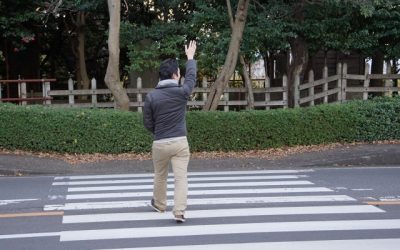 事故後、意識がしっかりあり、外傷等がない場合は、二次的な事故を起こさないようにすることが肝心です。以下は加害者が行う二次災害としては当然ですが、相手側の精神状況もパニックです。被害者であっても二次災害対策を必ず行ってください。
事故後、意識がしっかりあり、外傷等がない場合は、二次的な事故を起こさないようにすることが肝心です。以下は加害者が行う二次災害としては当然ですが、相手側の精神状況もパニックです。被害者であっても二次災害対策を必ず行ってください。
二次災害を防ぐ3つの正しい対処法
後続車や周囲に十分注意をして、以下、二次災害の対策を行ってください。
- 危険を知らせる。
後続車からの追突防止のため、ハザードランプで注意の合図を行います。 - 発煙筒、停止表示器材を後方に設置。
同乗者がいる場合はガードレールの外など安全な場所に避難してください。車内は危険です。夜間、雨天の場合も同様です。後続車や周囲に十分注意して、安全確認を徹底し停車した車の後方(50メートル以上)に発炎筒や停止表示器材を設置します。 - 安全な場所に避難。
ドライバーもガードレールの外側など安全な場所に避難してください。
4. 事故状況の記録
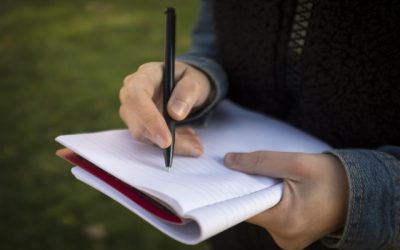 怪我をしている場合の無理は禁物ですが、可能な範囲で事故状況の確認や記録をしているとその後の損害賠償請求が円滑に進みます。まずは、何が原因でどのような事故だったのか?
怪我をしている場合の無理は禁物ですが、可能な範囲で事故状況の確認や記録をしているとその後の損害賠償請求が円滑に進みます。まずは、何が原因でどのような事故だったのか?
又、どちらに過失があるのか?を確認し、警察がきたら事故に関しての状況を話してください。
又、加害者情報として、以下の項目の確認が必要です。
加害者情報として必須の確認項目です。
- 氏名
- 住所
- 連絡先
- 自賠責保険
- 任意保険の保険会社名
- 車両ナンバー
- 勤務先
スマートフォンなどで免許証を撮影すると便利です。又、事故状況(自動車の止まっている位置、損傷程度)も撮影しておきしょう。又、目撃者がいる場合は、証言を録音し、氏名と連絡先を教えてもらいましょう。加害者との言い分が異なる事もあるので、目撃者の証言は有要な材料となります。
5. 医師の診断を受ける
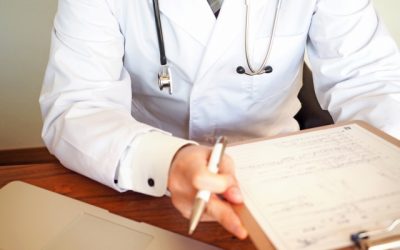 事故後は興奮状態や、自覚症状が出なくても、後でむち打ちが出る症状や、脳内出血などが起こっている場合は、数時間後に死に至ることもあります。痛みが出たら行けば良いのではなく、交通事故後は病院に行きましょう。医師の診察を受けておけば、その後の損害賠償などでも因果関係を証明できます。
事故後は興奮状態や、自覚症状が出なくても、後でむち打ちが出る症状や、脳内出血などが起こっている場合は、数時間後に死に至ることもあります。痛みが出たら行けば良いのではなく、交通事故後は病院に行きましょう。医師の診察を受けておけば、その後の損害賠償などでも因果関係を証明できます。
加害者の自賠責保険と任意保険の確認
上記でも必須の確認項目としての「自賠責保険」は、正式名称は自動車損害賠償保障法に基づいて加入が義務付けられている保険です。加入しない場合は罰則対象です。(1年以下の懲役又は50万以下の罰金)
これは人身事故にのみの損害の保障を目的としているもので、保障内容は最低限の保障になっています。物損事故での保障は対象外となります。傷害では120万円までとなり、死亡事故では最大3000万円、後遺障害では最大4000万円までしか保障されていません。そこで、重要なのが、ドライバーが任意で加入する「任意保険」です。
交通事故で大きな被害を受けた場合、自賠責保険の保障だけでは損害賠償金を全額保証することは難しいため、これを補うために任意保険に加入することになります。
また、治療費や慰謝料などを含めた損害賠償金は、加害者が加入している保険会社が支払うことになるので、保険会社名や保険の証明書番号なども控えておきましょう。
なお、事故後の対応は加害者が加入している任意保険会社が行うことが多いので、加害者から保険会社に連絡をしてもらうようにしてください。
【最後に】事故は特別なものではない。備えあれば憂いなし!
交通事故を起こさないようにするためには、「事故は特別なものではない、いつ自分の身に起こってもおかしくない」ものと、普段から心得て運転することが大切です。それでも万が一、交通事故にあってしまった時の対応において、この記事が読者のお役に立てれば幸いです。




